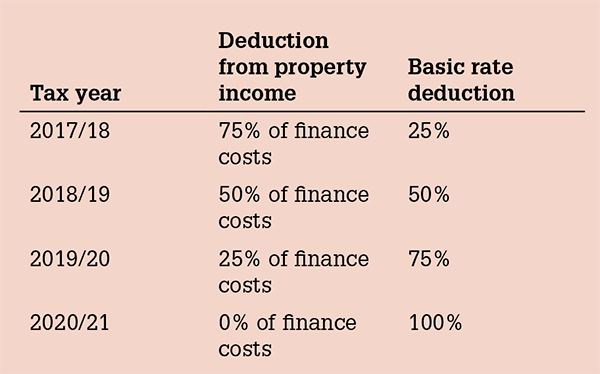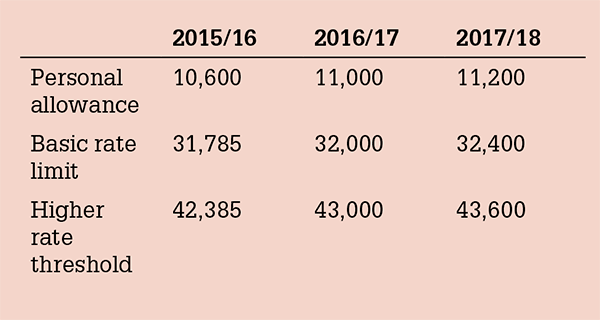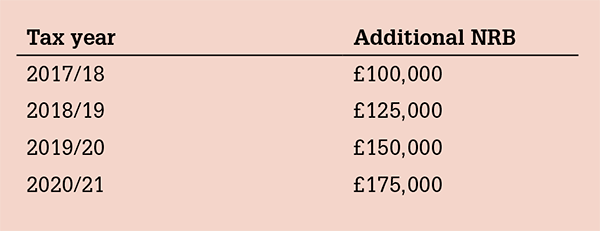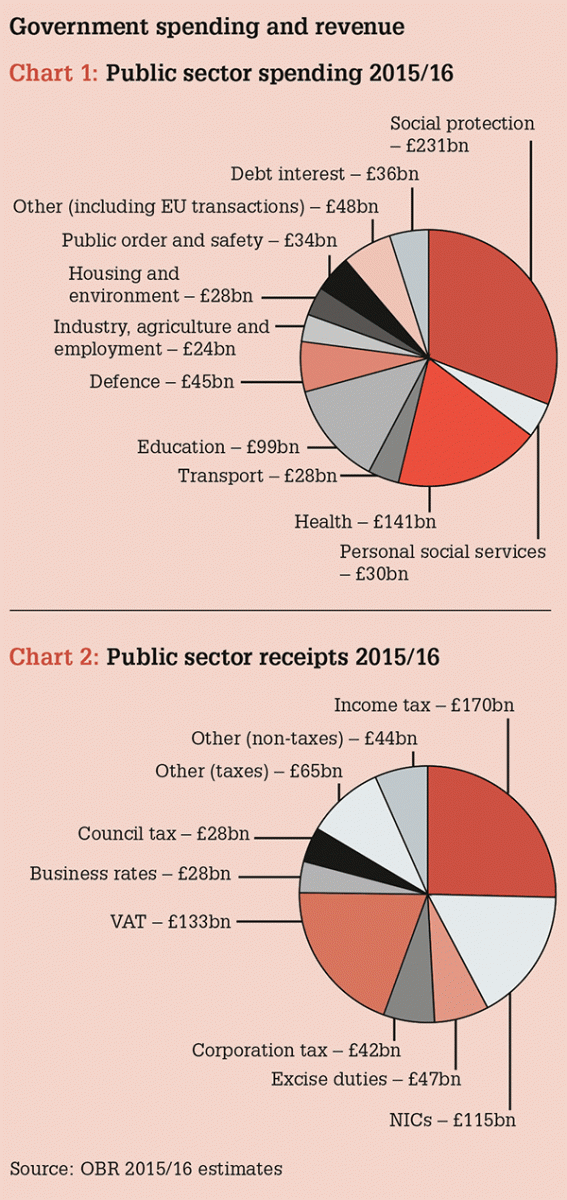Your guide to the tax measures.



This summary was provided the LexisPSL and private client teams, and includes some commentary from Tolley Guidance. LexisPSL provides tax lawyers with practice notes and precedents, with links to trusted sources. See www.lexisnexis.com/uk/lexispsl/tax/home.

Your guide to the tax measures.



This summary was provided the LexisPSL and private client teams, and includes some commentary from Tolley Guidance. LexisPSL provides tax lawyers with practice notes and precedents, with links to trusted sources. See www.lexisnexis.com/uk/lexispsl/tax/home.








